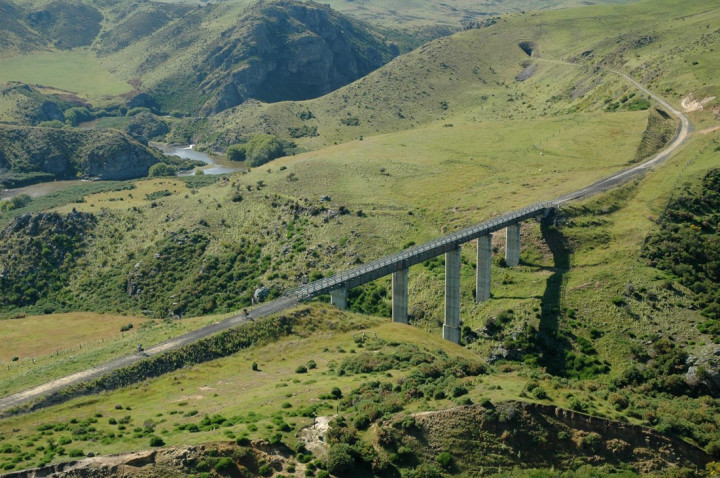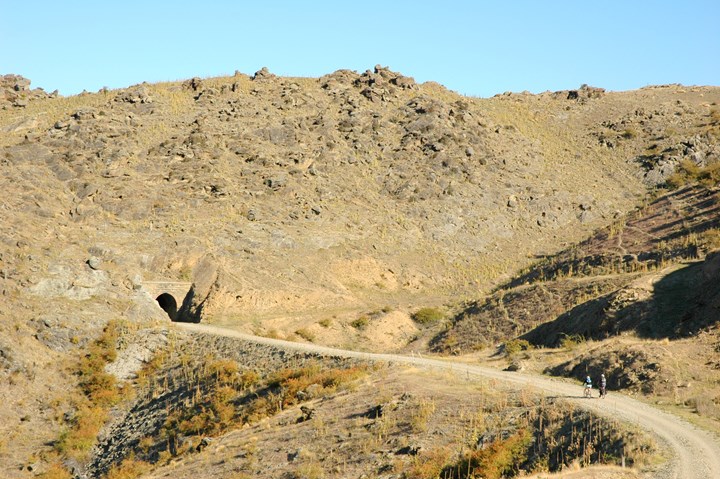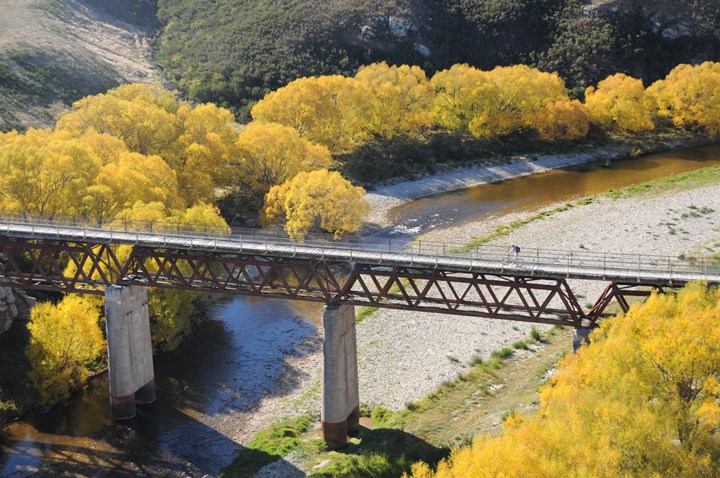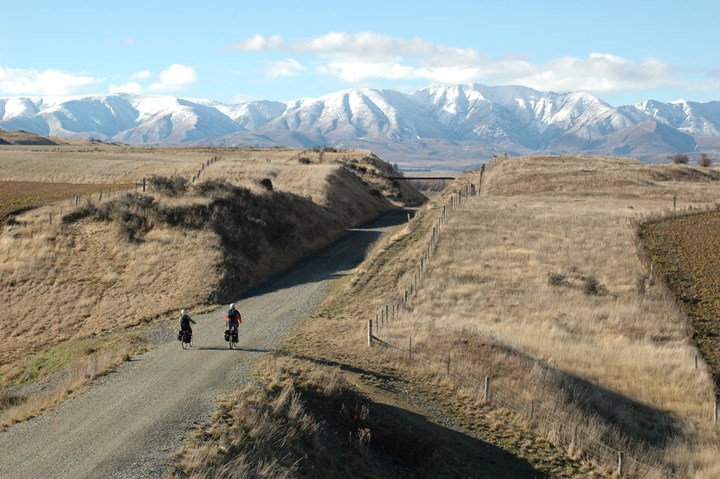Seasons on the Trail
Spring (September, October & November)
Spring is a colourful time on the trail with blossom on the fruit trees, willow and poplar trees coming into leaf and the arrival of lambs and calves ensures plenty to see. The surrounding mountains are snow capped over the spring period making for good photo opportunities.
The weather can be unsettled in early spring and quite cold at times so warm, rain proof clothing is essential. Spring is often windy with the dominating north-west wind helping cyclists with a tail wind who start at Clyde and finish at Middlemarch.


Summer
Summer is a busy time especially over the Christmas and New Year period and remains very busy until the end of the School holidays. It can be very hot in the middle of the day - 30 degrees is not uncommon, so it’s a good idea to do most of your biking before lunch. Take plenty to drink and a wide brimmed hat and sunscreen. Take time to rest in the shaded areas to avoid over heating and don’t plan for a big day if you are starting at the hottest time of the day around 1 pm.
Autumn (March, April & May)
Autumn is the most popular season for biking and walking the trail. The dramatic colours on the vineyards as the leaves turn yellow and orange and the apple, apricots and cherry trees make for a colourful experience in the Clyde and Alexandra area. The willow and poplars that are sprinkled along the 152 km trail turn to magical golden colours and change daily with every frost. The dry harsh summer turns the grass to an earth coloured brown contrasting with the irrigated green fields on some farms.
Settled autumnal weather with little or no wind is another reason why the trail is so popular at this time of the year. A light over night frost usually ensures a clear blue day with the temperature rarely going above 25 degrees.
More people travel the trail in the autumn than the other 3 seasons put together and this makes for a vibrant time as the many hotels and cafes that sprinkle the trail and surrounding areas enjoy a brisk business.


Winter
Over the winter months the night temperature can drop down to minus 10 and the day temperature ranges between 0 and 12 degrees. The rail trail is snow free virtually all of the time.Winter can often be calm with blue skies and with the surrounding mountains snow covered making the vista breath taking.
The early morning cold means most people biking or walking wouldn’t start before 10 am and they should be off the trail by 4 pm when the temperature starts to drop. It’s important to remember there is less daylight in winter and it is dark by 5:30 pm.
This gives you up to 8 hours maximum traveling time. Warm clothing is essential including wind and rain protection. Biking at 10 km per hour generates a wind chill so a windbreaker, gloves and a hat should be carried. It’s a good idea to take some snacks and even a thermos with some hot soup or coffee. The red ganger’s sheds that are dotted along the trail make for ideal spots to stop and enjoy your hot drink.
Some accommodation businesses close over the winter period and some hotels don’t open until 5pm so it’s good idea to phone ahead the day before if you wish to have lunch at one of the many friendly hotels and cafés along your journey.










